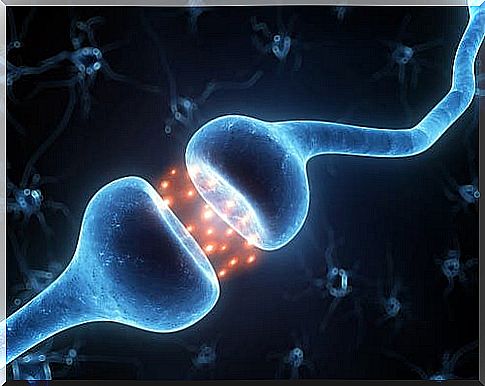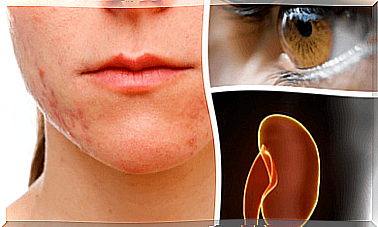Parkinson’s Disease: Recognizing The First Symptoms

Since 1997, 11 April has been dedicated to World Parkinson’s Day. This date was chosen by the World Health Organization (WHO) in recognition of the work of James Parkinson, who gave the name to Parkinson’s disease.
James Parkinson was an English neurologist who published the first book on this neurodegenerative pathology in 1817. In it he described the disease as an agitating paralysis and marked the beginning of scientific research on the subject.
Parkinson’s disease has a worldwide incidence of 0.3% in the general population, which increases to 1% in people over the age of 60. This means that, beyond this age group, 1 in 100 people can experience symptoms.
It is found more frequently in men than in women. Despite the studies conducted, the cause is not yet known, although it is thought that estrogen may play a protective role. In any case, we do not have reliable data.
The Parkinson’s disease early onset occurs in those aged under 40 years. This form is associated with a gene mutation and affects about 5% of people affected by the disease.
What is Parkinson’s disease?
Parkinson’s disease is a slow but progressive degenerative disease of the nervous system. Neurodegeneration affects movements as the main symptom.
We will talk about other symptoms to consider later; in the first instance, however, tremor should be mentioned as the most evident motor alteration.
In patients with the disease, neurons degenerate in an area of the brain called the substantia nigra. With the alteration or disappearance of these neurons, the amount of dopamine present in the body also decreases. Dopamine is a neurotransmitter that sends signals to the nervous system in order to coordinate movements.

The first symptoms of the disease
Recognizing the early symptoms of the disease is extremely important. Early diagnosis, in fact, makes intervention possible with a wider range of tools available.
As anticipated, tremor is one of the most important signs. Generally, it concerns the extremities when the subject is at rest, therefore when he is not exercising. However, there are many other symptoms:
- Writing in very small print : Illness and loss of control over movements cause the person to modify their handwriting, greatly reducing their writing skills.
- Movements during sleep : If they occur regularly, spontaneous kicks during sleep and even punches can be an early sign of Parkinson’s.
- Changes in smell : Parkinson’s patients tend to lose their sense of smell.
- Constipation : alterations in neuronal transmission affect the intestine and the network of neurons that regulate defecatory rhythms. Suddenly suffering from constipation can be a symptom of the disease.
- Reduction of facial expression : neuronal degeneration also affects the face. Typically, the patient has a reduction or absence of facial expression, which prevents him from expressing emotions through the face. This symptom is called a Parkinson’s mask.
- Alterations in the volume of the voice : the voice can be hoarse and have a reduced intensity due to the abnormal transmission to the vocal cords and reduced movements of the pneumo-phono-articulatory system.
Parkinson’s disease diagnosis

Knowing the first symptoms of the disease is extremely important, as, as anticipated, early diagnosis significantly contributes to the patient’s quality of life.
Parkinson’s diagnosis is essentially of a clinical nature. There is no specific examination that produces immediate results, so it will be the neurologist who will determine whether or not the pathology is present.
Diagnosis is often accompanied by instrumental tests such as positron emission tomography (PEC), which track the presence of dopamine in the central nervous system. It can be useful for diagnosis in the presence of justified doubts, however this examination is not always indicated.
The importance of recognizing the first symptoms
Knowing the early symptoms of Parkinson’s disease helps to detect especially those that may go unnoticed. Particularly in people over the age of 60, it is good to pay attention to changes that could indicate a neurological disorder. The sooner we recognize them, the better the prognosis will be.









